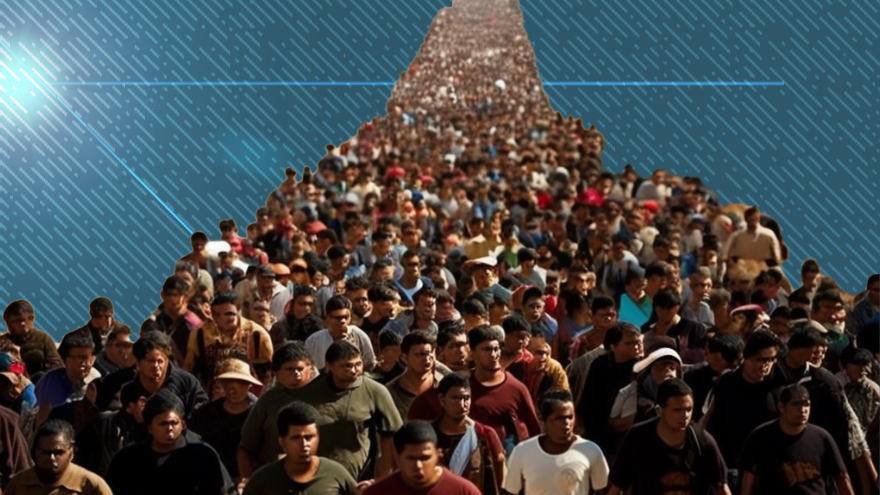New data analysis from the Center for Immigration Studies (CIS) shows that nearly one-in-four (23 percent) students in U.S. public schools are from families headed by either legal immigrants or illegal aliens. According to the report, “this is double the 11 percent in 1990 and more than triple the seven percent in 1980.” The analysis merged data from the U.S. Census Bureau with Google Maps API, providing a visual representation of both legal and illegal immigration’s impact on public schools based on the Bureau’s Public Use Microdata Areas (PUMAs). Each PUMA includes about seven schools on average, according to the report. In 2021, the most recent year for which data is available, CIS found that “29 percent (3.2 million) of public school students from immigrant households were from households headed by an illegal immigrant. However, this estimate does not reflect the on-going border crisis and huge influx that began in 2021.” Of students in immigrant households, 83 percent were born in the U.S. Though the numbers are increasing as more migrants and immigrants take root in America, the impact of legal and illegal immigration on U.S. schools is concentrated, the report states. Only 700 of the country’s 2,351 census-designated PUMAs account for two-thirds (seven million) of students from immigrant or illegal alien households. Under the U.S. Supreme Court’s landmark 1982 decision in Plyler v. Doe, the U.S. is obligated to provide public school education for children of legal immigrants and illegal aliens. As of last year, the cost to fund school programs for students with limited English proficiency (LEP) exceeded $78 billion annually, according to the Federation of American Immigration Reform (FAIR). “The cost to educate LEP students has swelled by $18.8 billion since 2016,” FAIR states. “This massive increase is primarily due to an increase in the total number of LEP students, as well as large increases in associated education costs.” CIS’s analysis shows that immigrants also settle in areas of high poverty, which adds to challenges that schools face in these areas. “In the 200 PUMAs with the highest poverty rates in the country, where poverty among students averages 41 percent, nearly 30 percent of students are from immigrant households,” the report explained.As record numbers of foreign nationals flee their countries and migrate to the United States, the number of foreign-born students filling the nation’s schools are steadily increasing.
immigration /
New Data: Nearly 1-in-4 Public School Students Are Children of Illegal Aliens or Immigrants
Cost to educate children of immigrants and illegal aliens exceeds $78 billion per year

*For corrections please email [email protected]*
